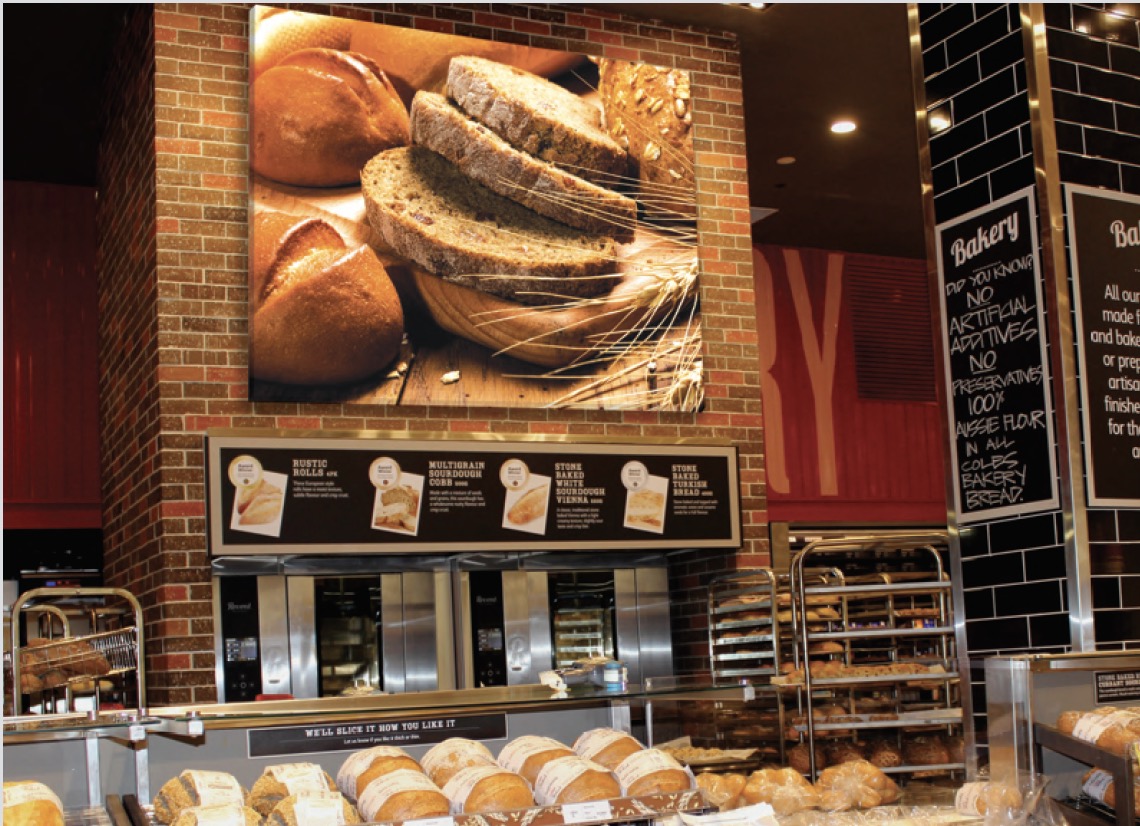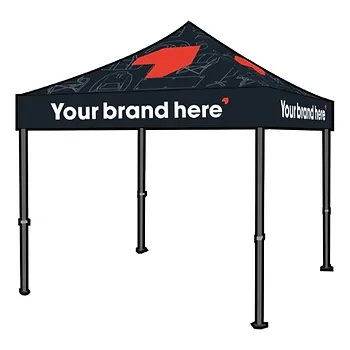Sign Assembly: The strength of acrylic foam tapes
Improving on structural adhesives
Adhesives for sign assembly are available as liquids, pastes, tapes, films and shaped solids. Each option offers its own characteristics that need to be considered with regard to application effectiveness and efficiency.
Depending on the specific type of adhesive, it is possible to bond metals, wood, rubber, ceramics, composites, engineering-grade plastics, glass and more. As a rule of thumb, structural-strength adhesives must offer a minimum of 6,895 kPa (1,000 psi) in overlap shear strength, which allows them to replace mechanical fasteners and welds in bonding the load-bearing parts of a product.
Typically, most structural adhesives—like two-part acrylic and epoxies—require time to cure fully and develop greater strength before parts can be moved or handled. Fast-curing adhesives are available, but may shrink after curing and generate extra stress at the joint. Pressure-sensitive adhesive tapes, on the other hand, bond on contact for immediate handling, preventing the production bottleneck associated with drying time or fixturing.
Liquids and pastes readily fill voids to enhance mechanical adhesion. Pressure-sensitive tapes offer uniform thickness throughout a joint, confinement of the adhesive to the immediate bonding area, clean bonding without dripping or overflow and, for that matter, minimum adhesive waste.
While structural adhesives can achieve high strength along a small bond area, with an extremely thin bond line, acrylic foam tapes are beneficial because they can cover a larger bond area and no dispensing system is needed.
Tape selection considerations
Signmakers have used high-strength acrylic foam tapes to permanently bond many surfaces, including powdercoated, painted and unpainted metal, acrylic, polycarbonate, rigid and flexible polyvinyl chloride (PVC), aluminum composite panels, fibreglass, sealed wood and glass. Typical applications include sign face panel bonding (see Figure 3), letter mounting (see Figure 4), stiffeners (see Figure 5) and light-emitting diode (LED) module attachments inside sign letters or cabinets.
High-strength acrylic foam tapes are available in various thicknesses, adhesive formulations, colours (e.g. clear, black, grey and white) and release liners. As such, they can be specified for each job’s needs, including conformability, strength, multi-material adhesion and resistance to plasticizer migration. The durability of a high-strength acrylic tape can involve resistance to high and low temperature cycles, ultraviolet (UV) light, moisture and solvents, among other factors.
The first step in choosing the right tape for a given substrate is to ensure it will stick as firmly as possible, which is a question of how easily the adhesive can flow and ‘wet out’ the surface to build a strong bond.
The next step is to ensure the tape will make contact on the bonding surfaces to form a secure connection. This is partly a question of joint design—the joint should preferably be designed for tensile (see Figure 6), shear (see Figure 7) and compression strength, not peel (see Figure 8) or cleavage (see Figure 9).
It is also important to select the right tape thickness. The optimal thickness for a particular application will depend on the size, rigidity and flatness of the substrates being attached, as well as the amount of pressure being applied to bring the surfaces together.
In general, thicker tapes will handle greater mismatches and differential thermal expansion between surfaces, providing fuller contact and sealing. For bonding rigid materials of typical flatness, 1.1-mm (45-mil) or thicker tapes should be considered. As substrate flexibility increases, thinner tapes may be used instead.
Another factor is the right amount of tape. As a general rule, for static loads (such as gravity or ‘spring back’), approximately 2,581 mm2 (4 sq in.) of tape should be used for each 0.45 kg (1 lb) of weight supported. For dynamic tensile or shear loads, such as wind loads, tape can be designed to handle 85 kPa (12 psi) of strength.
The tape should also allow for the aforementioned thermal expansion and contraction, whereby two bonded surfaces—such as metal and plastic—can experience movement relative to each other. There are tapes available today that can typically tolerate shear movement up to three times their original thickness, so long as there is already strong adhesion to each substrate. Hence, a 1.1-mm (0.45-mil) thick tape designed for such expansion and contraction can safely endure shear strain up to 3.3 mm (135 mil).






